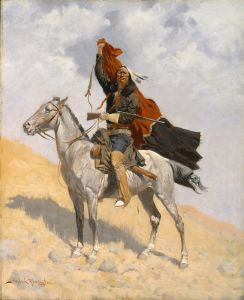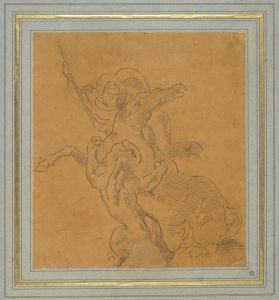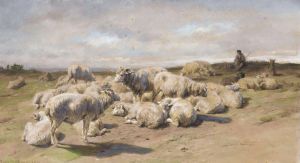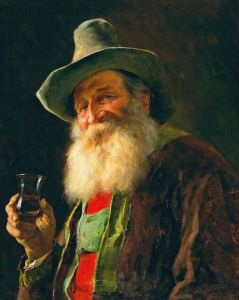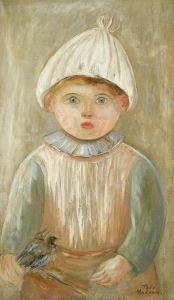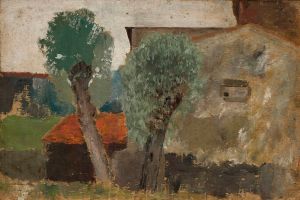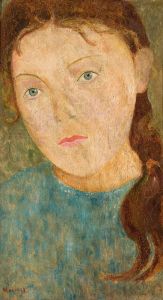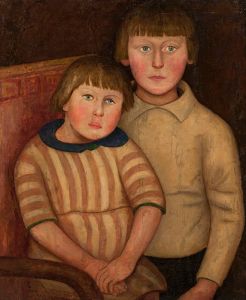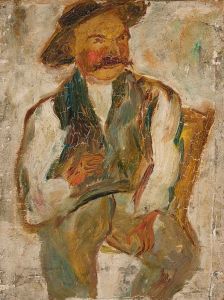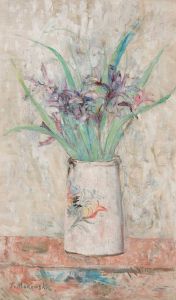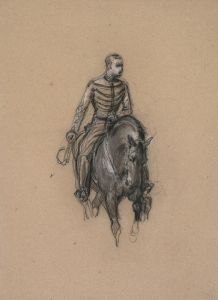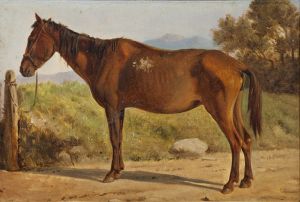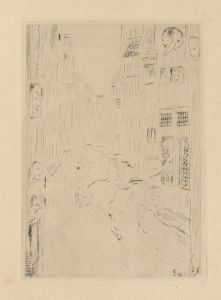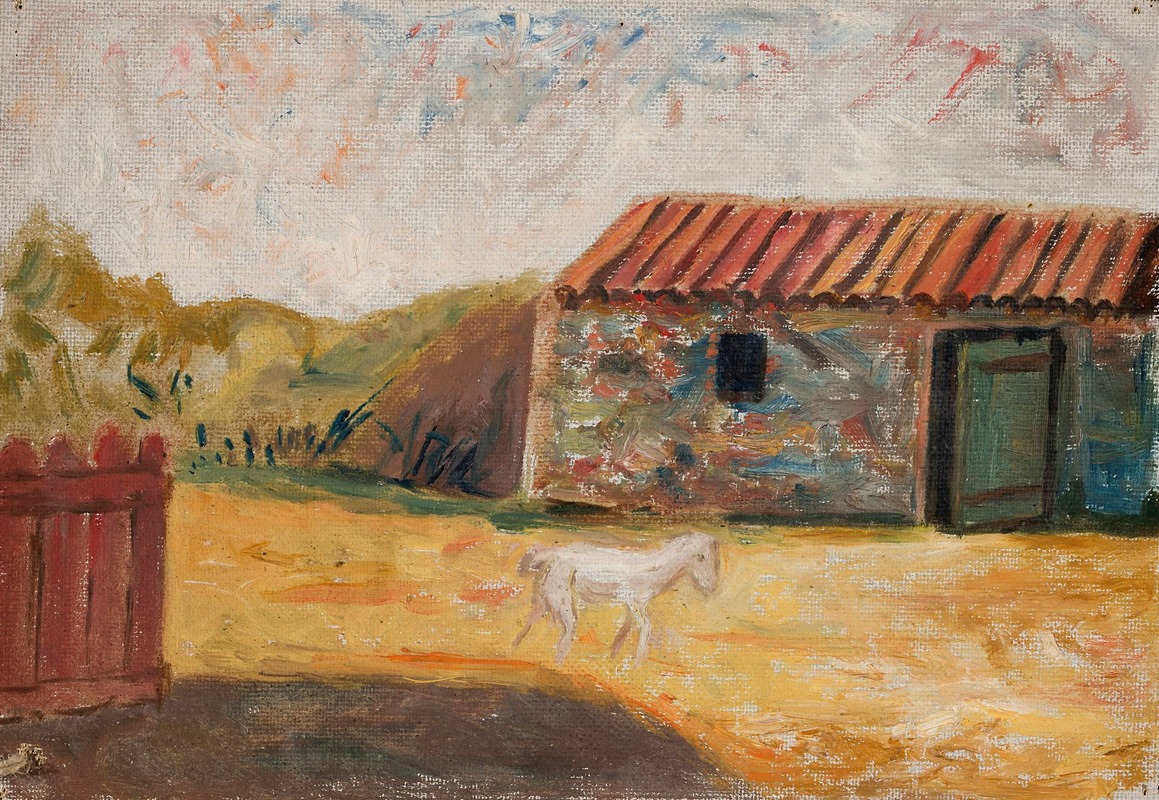
Rural farmstead with a white foal
A hand-painted replica of Tadeusz Makowski’s masterpiece Rural farmstead with a white foal, meticulously crafted by professional artists to capture the true essence of the original. Each piece is created with museum-quality canvas and rare mineral pigments, carefully painted by experienced artists with delicate brushstrokes and rich, layered colors to perfectly recreate the texture of the original artwork. Unlike machine-printed reproductions, this hand-painted version brings the painting to life, infused with the artist’s emotions and skill in every stroke. Whether for personal collection or home decoration, it instantly elevates the artistic atmosphere of any space.
Tadeusz Makowski was a Polish painter known for his unique style that combined elements of folk art, symbolism, and modernism. Born on January 29, 1882, in Oświęcim, Poland, Makowski initially studied classical philology at the Jagiellonian University in Kraków before pursuing his passion for art at the Academy of Fine Arts in Kraków. Under the tutelage of Józef Mehoffer and Jan Stanisławski, he developed a strong foundation in painting, which he later expanded upon during his time in Paris.
Makowski moved to Paris in 1908, where he became part of the vibrant artistic community. Influenced by the works of Paul Cézanne and the burgeoning Cubist movement, he began to develop his own distinctive style. Over time, Makowski's work evolved to incorporate elements of Polish folk art, characterized by simplified forms, vibrant colors, and a sense of whimsy.
"Rural Farmstead with a White Foal" is one of Makowski's notable works, reflecting his mature style that harmoniously blends elements of folk art with modernist sensibilities. The painting depicts a serene rural scene, capturing the essence of a countryside farmstead. Central to the composition is a white foal, which stands out against the earthy tones of the surrounding landscape. The foal's presence adds a sense of innocence and vitality to the scene, embodying the simplicity and purity often associated with rural life.
Makowski's use of color and form in this painting is indicative of his broader artistic approach. He favored a palette that was both muted and expressive, using color to convey mood and atmosphere rather than to replicate reality. The forms in his paintings are often simplified and stylized, drawing inspiration from the naive art of children and the traditional crafts of rural Poland. This approach allows the viewer to engage with the painting on an emotional level, evoking a sense of nostalgia and connection to the natural world.
Throughout his career, Makowski remained deeply connected to his Polish roots, even while living in France. His work often reflects a longing for the simplicity and authenticity of rural life, a theme that resonates in "Rural Farmstead with a White Foal." The painting can be seen as a celebration of the pastoral landscape and the quiet beauty of everyday life, themes that were central to Makowski's artistic vision.
Makowski's contribution to the art world extends beyond his paintings. He was part of a broader movement of Polish artists who sought to integrate national identity with modernist techniques, helping to shape the development of 20th-century Polish art. His works are held in high regard and continue to be exhibited in galleries and museums, both in Poland and internationally.
"Rural Farmstead with a White Foal" exemplifies Tadeusz Makowski's ability to blend the traditional with the modern, creating works that are both timeless and deeply personal. Through his art, Makowski invites viewers to explore the beauty of the natural world and the richness of cultural heritage, leaving a lasting impact on the landscape of modern art.





